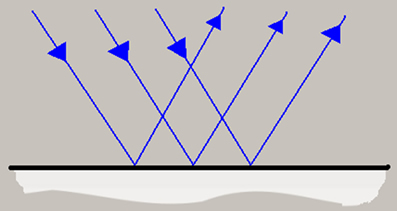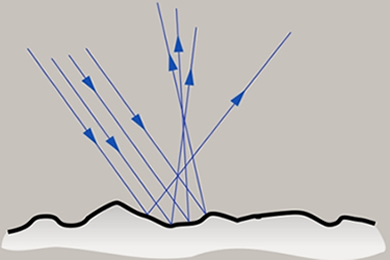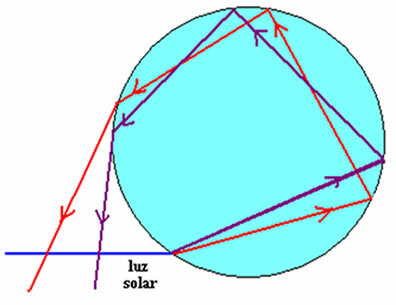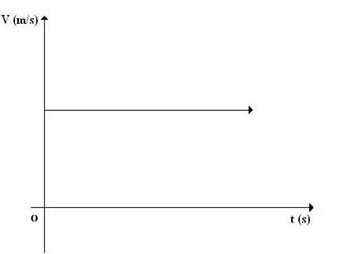Like sound, light waves are also reflected when they encounter an obstacle in their path. The laws of wave reflection also apply to light rays. According to the laws of reflection:
- the incident ray, the reflected ray and the surface normal are in the same plane.
- the angle of incidence is always equal to the angle of reflection.
We will study two types of reflection: specular and diffuse.
In the figure above we can see how a reflection occurs on a flat surface. Red dashes represent wave crests. In this example, the crests of the incident wave and the reflected wave are flat, drawn as straight lines. The two arrows show the propagation directions of the incident and reflected waves.
On a flat, smooth surface, such as a flat mirror, all rays that fall in the same direction will be reflected at the same angle. Parallel rays that fall on a flat, smooth surface, as shown in the figure below, will remain parallel after reflection. The reflection on these smooth surfaces is called specular reflection.

When the surface is uneven or rough, such as a sheet of sandpaper or frosted glass, the rays arriving in different surface positions arrive at different angles of incidence because the normal changes along the surface. The angle of reflection remains the same as the angle of incidence, but they are reflected at different angles to the surface. This type of reflection is called diffuse reflection. See the figure below:
Do not stop now... There's more after the advertising ;)

The reflection of light on a sheet of paper is an example of diffuse reflection or scattering of light. Despite looking smooth, the surface of the paper has a very fine texture, which reflects light diffusely in all directions, as shown in the example in the figure above. For this reason, we do not see our image reflected on paper or any other object with an irregular surface.
To be able to observe a reflected image, the surface must be very smooth. Old mirrors were made of polished copper, given the characteristics of the material and the ease of obtaining copper sheets. Copper is a soft metal that can be easily polished until its surface is smooth enough to serve as a mirror.
By Domitiano Marques
Graduated in Physics
Would you like to reference this text in a school or academic work? Look:
SILVA, Domitiano Correa Marques da. "Specular and diffuse reflection"; Brazil School. Available in: https://brasilescola.uol.com.br/fisica/reflexao-especular-difusa.htm. Accessed on June 27, 2021.



